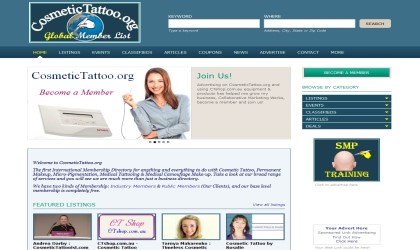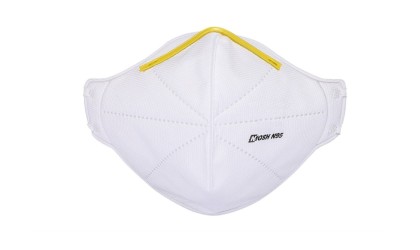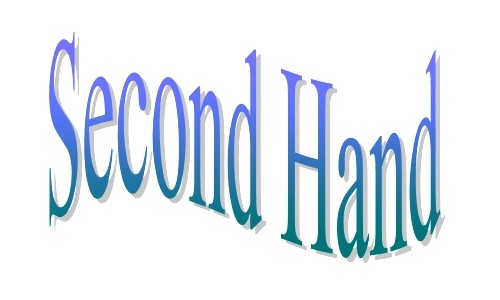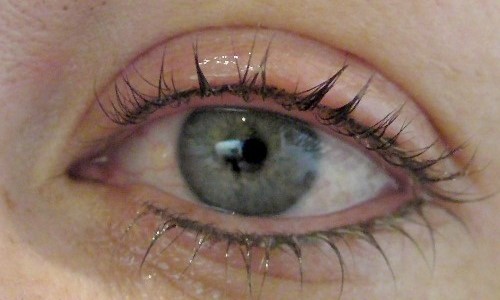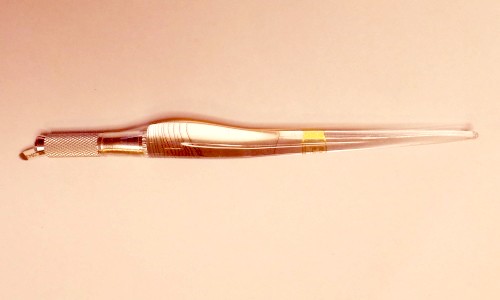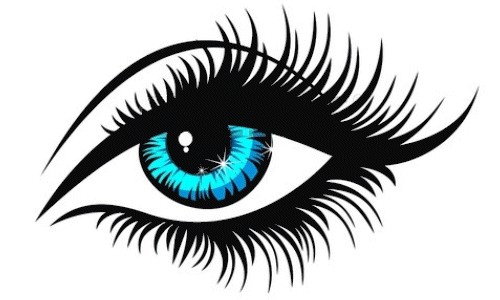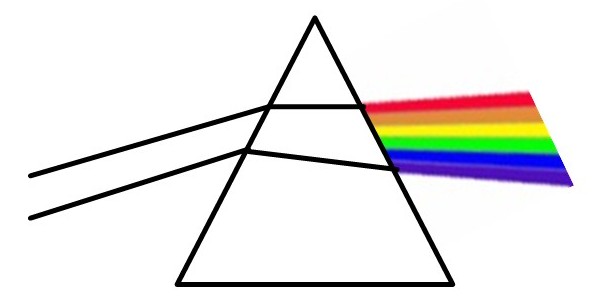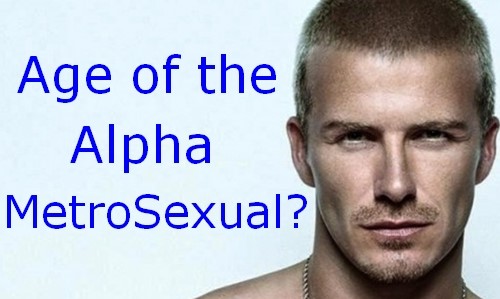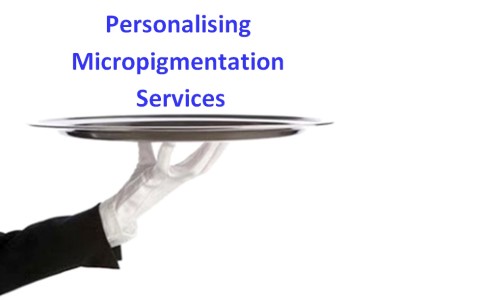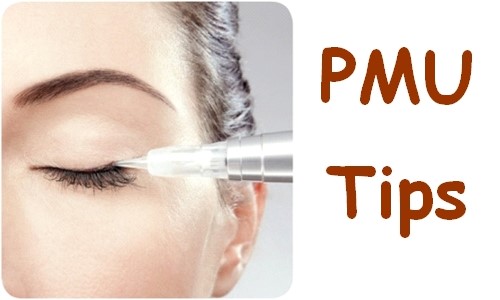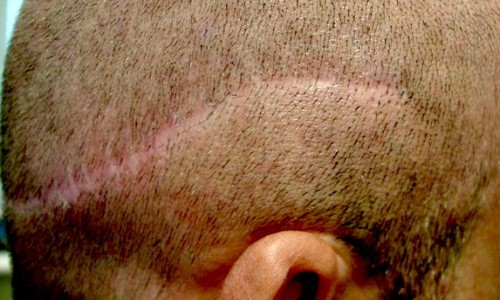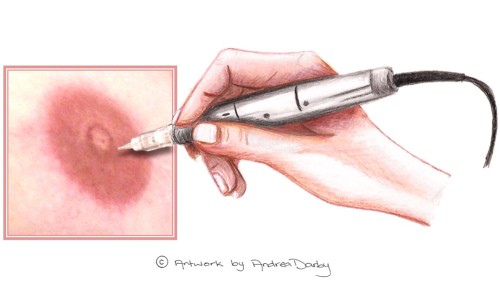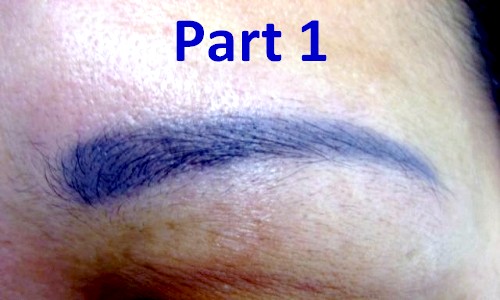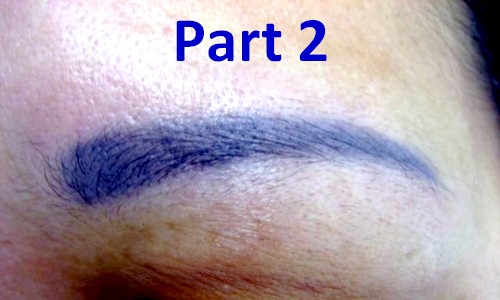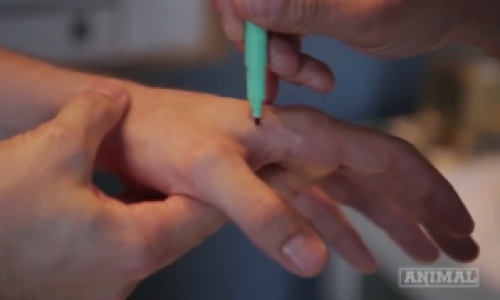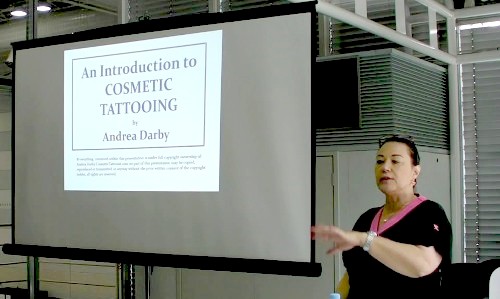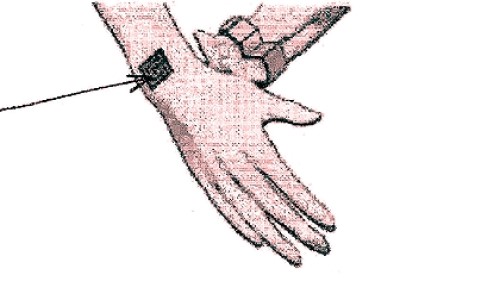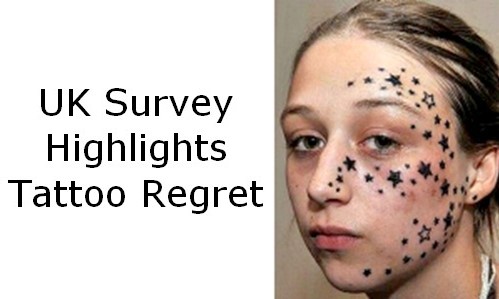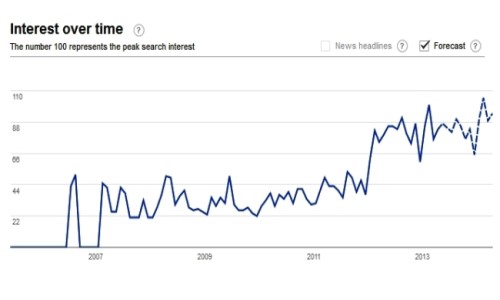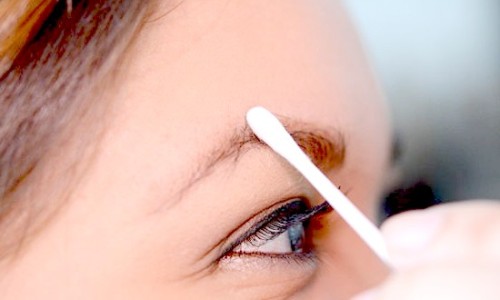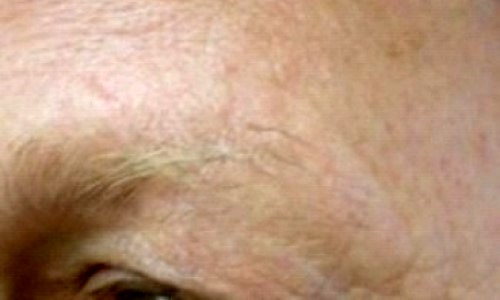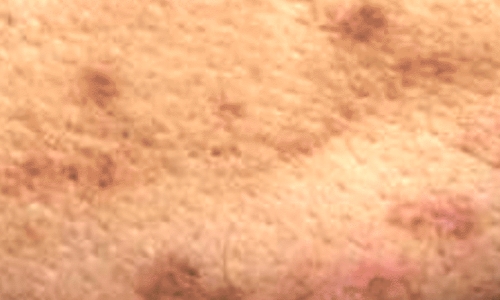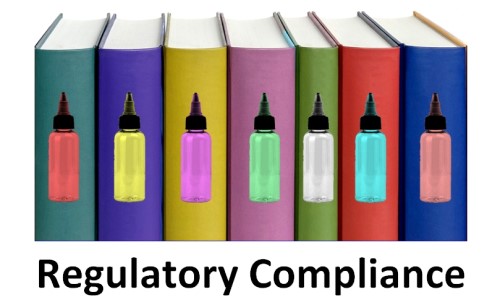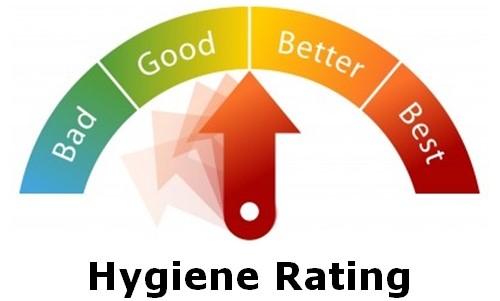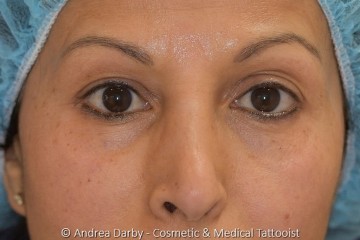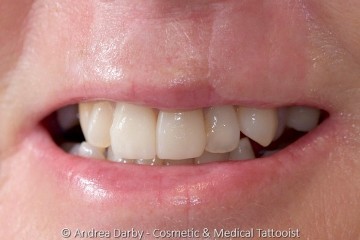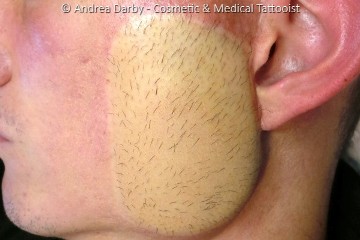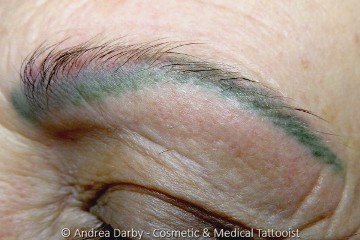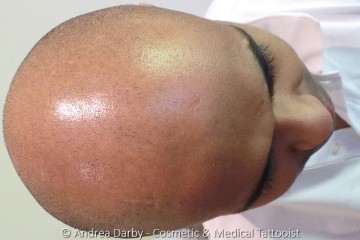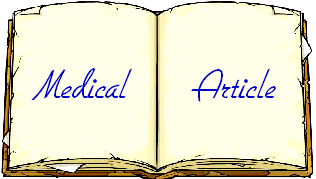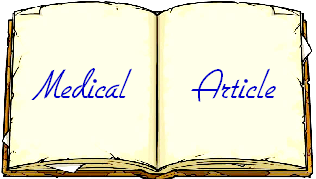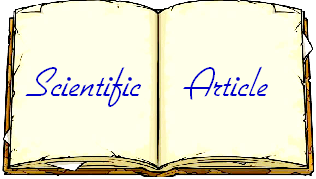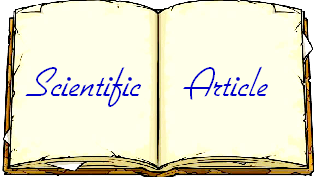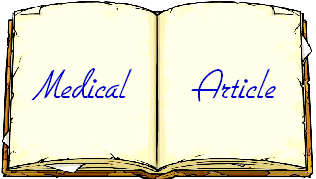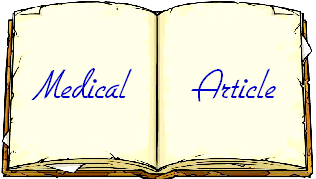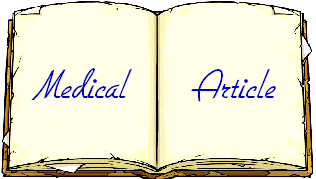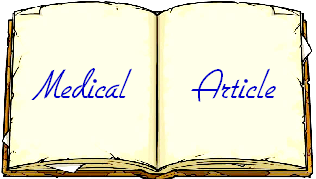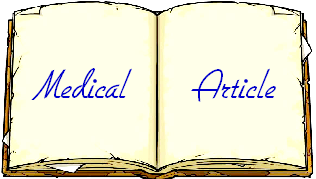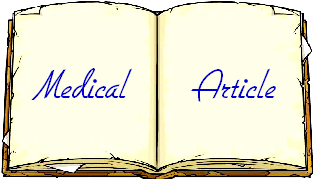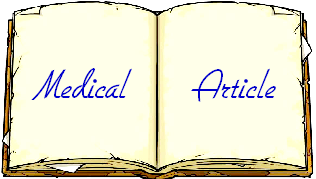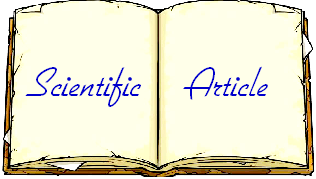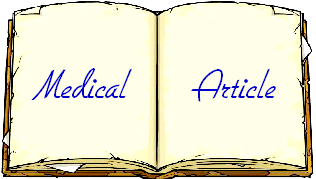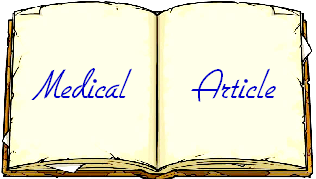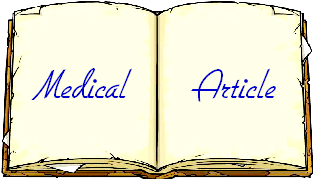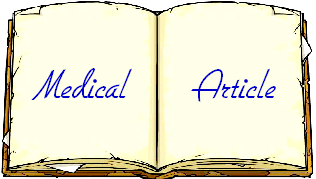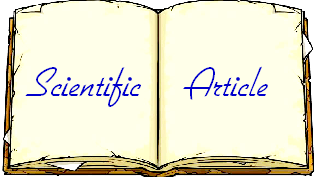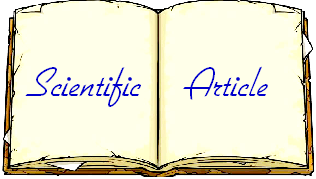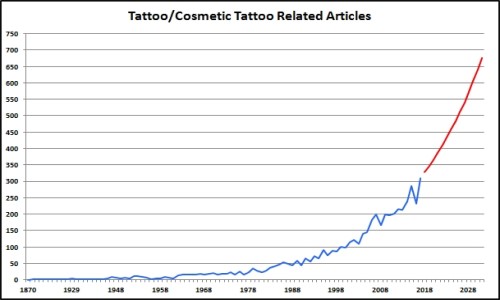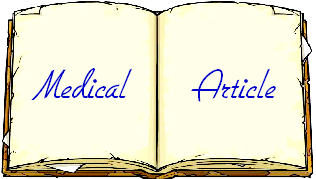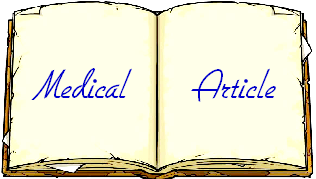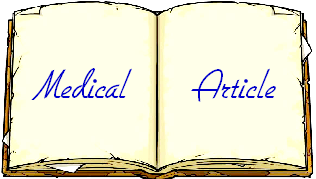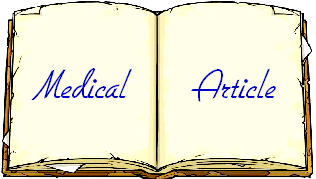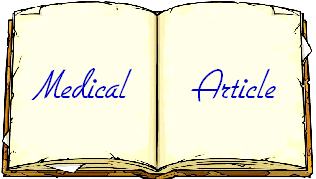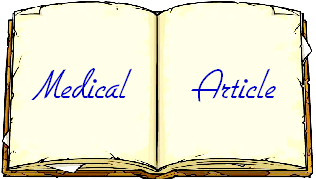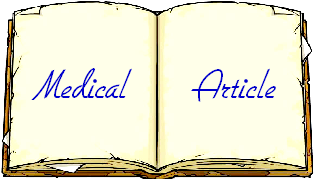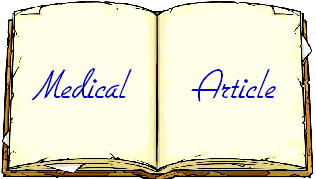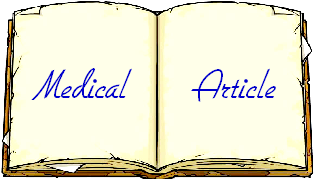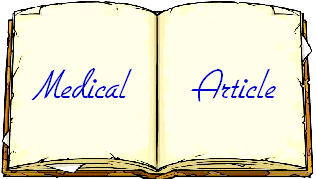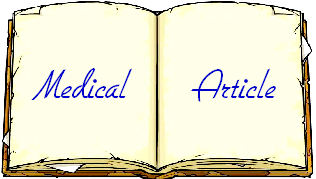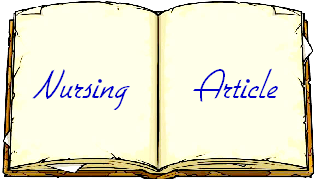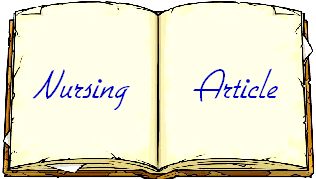Cart is empty
The Ethics of Attribution
02/12/2014
by Andrea Darby - Master Medical Tattooist & Industry Educator

Professional conduct requires appropriate attribution and citation to authors and rights holders where information has been utilized in the creation of new publications or course delivery, Attribution or Plagiarism, which road will you choose?
▼ Continue Reading ▼
|
The creation of original educational content can be incredibly time consuming, we ourselves have spent thousands of hours engaged in formal studies, clinical practice, intensive research and consultation with our advisory network in the preparation for creation of some of our courses and educational publications. Some of the content that we produce is provided during training programs other content is provided to the industry to read completely free of charge, in all circumstances naturally we reserve our rights to any intellectual property that we create as is the case with the majority of educational content providers. There are some notable examples within the scientific community where scientists have been turned into professional and social pariahs by their own scientific colleagues due to their failure to acknowledge the research or contribution by others within their publications, in some instances careers have be ruined due to a single act of plagiarism. During the 2014 American Academy of Micropigmentation XPO Dr. Dixon emphasized the AAM position in relation to the misrepresentation or misuse of materials such as client photographs; for example falsely claiming the work of others, photo-shopping photographs in an attempt to mislead clients into believing that outcomes would be significantly different to what could reasonably be expected, or misrepresenting images taken immediately after cosmetic tattooing and passing them off as photographs of completely healed tattooing. Unequivocally Dr. Dixon stated that the AAM considered these types of activities to be a form of professional fraud. The laws surrounding intellectual property are complex, in addition to copyright law most jurisdictions also have trading laws that prohibit the act of "passing off" which is essentially trading in way that a consumer may be misled into believing that you are affiliated with or the owner of trademarks or other property owned or created by another trader,
CTshop.com.au has also published what is widely regarded as the standard approach for
notification of the misuse of copyright which you may find useful if the this type of event affects your intellectual property. There are examples of this type of activity taking place in the Cosmetic Tattoo industry fairly regularly and some technicians have even taken to publicly naming and shaming others who are using their intellectual property for the purposes of marketing without their consent (at the very least you should include ethical attribution). Whilst it may be upsetting in each individual case this type of misrepresentation might only affect a relatively small group of technicians or clients in each instance. We mention what we consider to be a more pernicious form of misrepresentation pertaining to educational content; it is not uncommon for technicians to obtain educational content or attend training events that may have involved the deployment of substantial resources by the education provider; theoretically the technician could then repackage the content with name changes or by paraphrasing content and falsely claim they are the creator of a new technique, educational course, or philosophy of practice, without the required ethical attribution to the original education provider or rights holder. In her book 'Combating student plagiarism'1 Lynn D. Lampert makes the following observation;
Similarly the collection and rewording of previously published/presented educational content does not constitute authorship it is merely reuse of the intellectual property of another author, it is far more ethical to simply quote the original author with proper citation. We consider educational content misrepresentation to be the most damaging form plagiarism for the wider industry it has the potential to affect a much wider range of clients and industry members due to the following reasons;
----------------------------------------------------------------
Copyright © 2014 CTshop.com.au & the article author All Rights Reserved. No copying, transmission or reproduction of site content is permitted without our prior written consent.
Printing Restriction: This article is print disabled, please read our Intellectual Property & Copyright Policies if you would like to request a copy or permission to use the article content for any purpose. |
Site News Selection
Educational Article Selection
Regulatory Article Selection
Client Case Studies Selection
Science Library Selection
Complete regrowth of hair following scalp tattooing in a patient with alopecia universalis
31/01/2023
Atypical Intraepidermal Melanocytic Proliferation Masked by a Tattoo: Implications for Tattoo Artist
20/09/2018
Chemical conjunctivitis and diffuse lamellar keratitis after removal of eyelash extensions
26/08/2018
Scarless Breast Reconstruction: Indications and Techniques for Optimizing Aesthetic Outcomes
07/04/2018
High speed ink aggregates are ejected from tattoos during Q‐switched Nd:YAG laser treatments
28/03/2018
Unveiling skin macrophage dynamics explains both tattoo persistence and strenuous removal
08/03/2018
Granulomatous Tattoo reaction with Associated Uveitis successfully treated with methotrexate
08/02/2018
Identification of organic pigments in tattoo inks & permanent make-up using laser mass spectrometry
07/02/2018
Microbiological survey of commercial tattoo and permanent makeup inks available in the United States
03/02/2018

